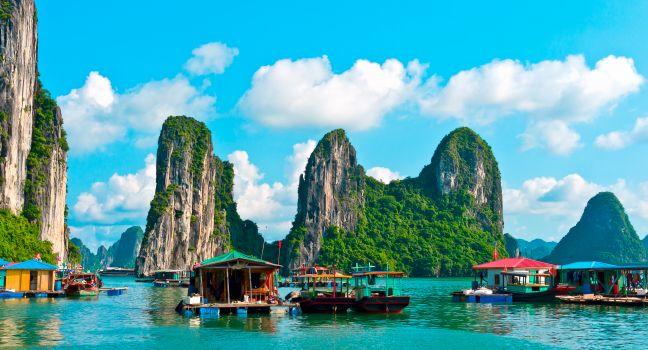Danang Beach
This 30-km (18½-mile) stretch starts at My Khe beach, which runs from the foot of the Hai Van Pass to the north, and ends at Non Nuoc beach near the Marble Mountains to the south. In the middle, south of the Furama Resort, lies Bac My An, the R&R resort spot for U.S. soldiers during the war. Five-star resorts now line the pristine and quiet sandy stretches south of My Khe, leaving only a handful of beaches accessible to the public.
There are a lot of water sports you can try, and some of the region's freshest seafood to devour at the small restaurants that line the beach road. It's best to come between April and August, when the water is placid. Waves can be very large at other times—in fact, the first international surfing competition in Vietnam was held here, in December 1993. Amenities: food and drink; toilets; parking. Best for: swimming; surfing; walking.




